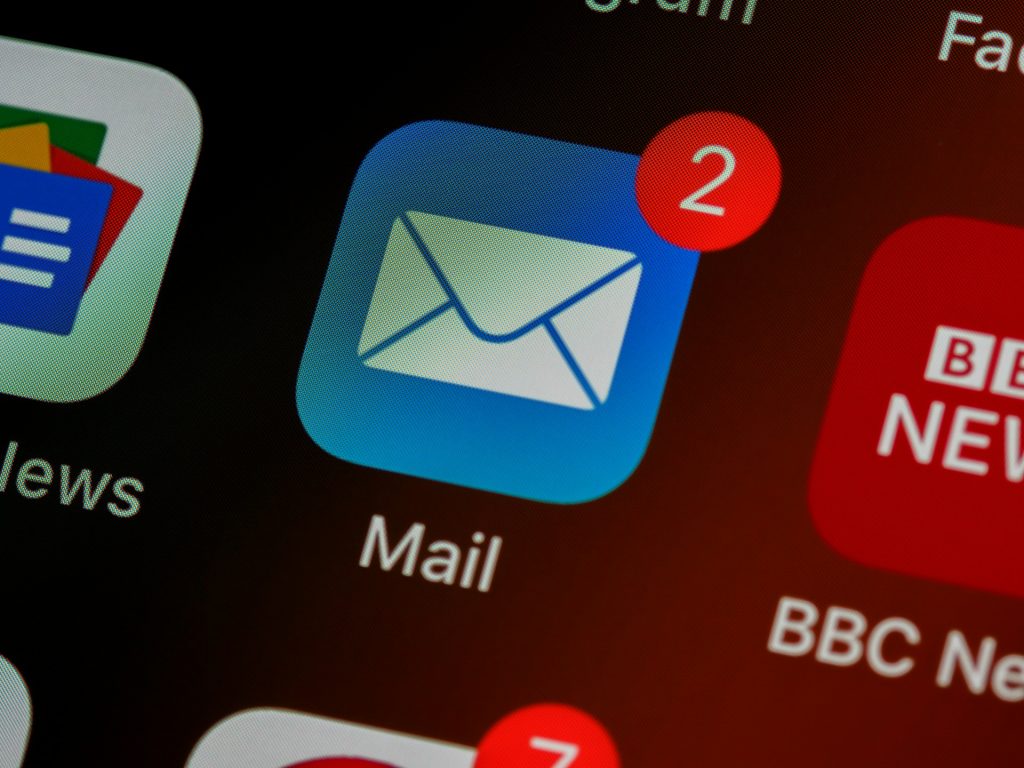Most starting out in marketing will ask, “How does email marketing software work?” Quite frankly, this can be a little confusing at first but it doesn’t have to be.
Email marketing software has become an essential tool for businesses looking to engage with their audiences, promote products and services, and ultimately drive conversions.
But how does email marketing software work?
In this guide, we will delve into the basics of email marketing software, demystifying the process and providing a step-by-step look at how it operates.

Key Components and Functionalities
Understanding Email Marketing Software
At its core, email marketing software helps businesses create, send, and track email campaigns effectively.
The key components include:
- email creation
- automation
- list management
- segmentation
- personalization
- analytics
- integration
Email creation utilizes drag-and-drop tools to design visually appealing and engaging emails, using customizable templates and dynamic content blocks without the need for coding skills.
Automation allows businesses to set up email campaigns triggered by specific actions taken by subscribers, sending timely and personalized emails without manual intervention.
List management involves organizing and segmenting your subscriber list to send targeted content to different groups.
Segmentation involves dividing your subscriber list into smaller, targeted groups based on criteria like behavior, demographics, or engagement levels, enabling more personalized messaging.
Personalization tailors content, subject lines, and calls-to-action based on recipient data and preferences, enhancing engagement.
Analytics tools track and analyze the performance of email campaigns, providing detailed reports on key metrics such as open rates, click-through rates, and conversion rates.
Integration with other tools, such as CRM systems, e-commerce platforms, and social media channels, streamlines marketing efforts and creates a cohesive customer experience across multiple touchpoints.
Demystifying the Process
Automation automates the sending of targeted emails based on predefined triggers, such as welcome emails, abandoned cart reminders, and birthday greetings, nurturing leads and driving conversions.
Segmentation divides the subscriber list into smaller groups based on various criteria like location, purchase history, or engagement levels, increasing engagement by sending more relevant content.
Personalization creates meaningful connections with subscribers through dynamic content, product recommendations, and personalized subject lines.
Analytics provide advanced tools to track performance metrics, helping identify strengths and areas for improvement.
Integration seamlessly connects with other tools, allowing businesses to sync customer data and create personalized campaigns, tracking ROI, and driving sales through e-commerce platform integration.
Step-by-Step Operation
The first step in utilizing email marketing software is managing your subscriber list, which involves importing contacts, organizing them into segments, and ensuring compliance with GDPR regulations.
Once your list is set up, you can create engaging email campaigns using the software’s intuitive drag-and-drop editor, customizing your emails with images, text, buttons, and dynamic content blocks.
Automation involves setting up email campaigns based on triggers like sign-ups, purchases, or website visits, delivering personalized workflows to the right person at the right time.
Segmentation involves dividing your subscriber list into smaller groups based on specific criteria such as demographics or behavior, allowing for more targeted and relevant content.
Personalization uses the software’s features to tailor content, subject lines, and calls-to-action based on recipient data and preferences, leading to higher open and click-through rates.
Analytics monitor key metrics to track campaign performance, providing data to optimize future campaigns and improve ROI. Integration with CRM systems, e-commerce platforms, and social media channels creates a seamless customer experience, syncing customer data, tracking conversions, and increasing engagement through integrated campaigns.
Conclusion – How Does Email Marketing Software Work
Email marketing software plays a crucial role in helping businesses create, send, and track effective email campaigns.
By understanding the key components and functionalities of email marketing software, businesses can leverage its power to engage with their audience, drive conversions, and ultimately grow their business.
This comprehensive understanding enables businesses to utilize automation, segmentation, personalization, analytics, and integration features effectively, leading to successful email marketing campaigns and significant business growth.
Frank Wesley’s Recommendation:
How I Quit My Job And Retired Early – Introducing – “The ‘Anti-9-5’ Income Plan”…
If my back was once again against the wall as it was a few years back due to mounting bills, this is the one thing I would do to easily put cash back into my bank account.
Fact is Michael Cheney, an affiliate marketing entrepreneur, has helped me get out of a bad financial predicament a few years ago so I wanted to pay it forward and help others in that same situation.
Happily, I was able to retire early from my 9-5 job because of what I’m about to share with you.
With the mentorship of Michael Cheney, we have provided the only way for the average person to make a living with no strings attached, quickly and easily.
Michael Cheney has 20 years and $10 million dollars worth of proof that he knows a thing or two about making money online.
Smart people know this shortcut always beats starting from scratch! Sure, you could waste time figuring it out yourself… but why?
Click Here – Receive The FREE 5 Video Series Detailing What You Must Know